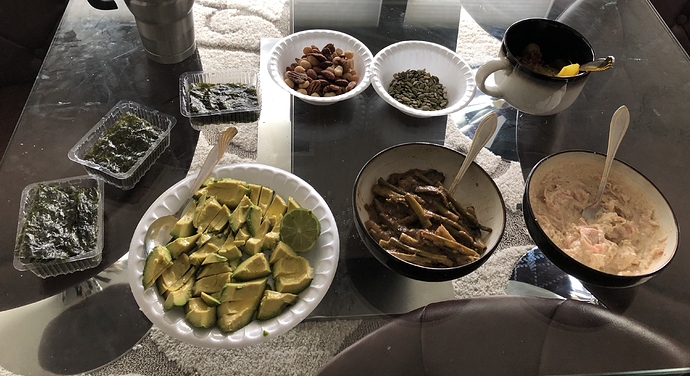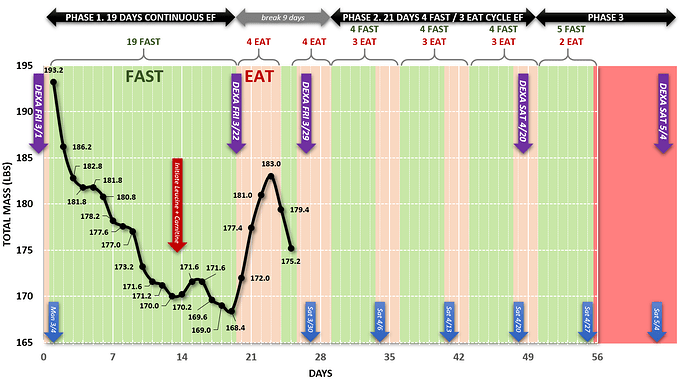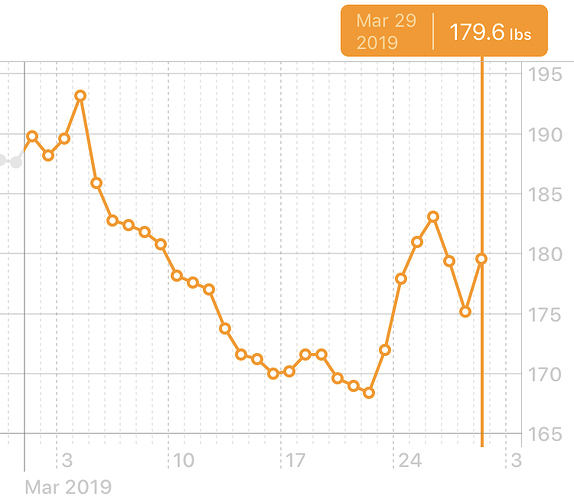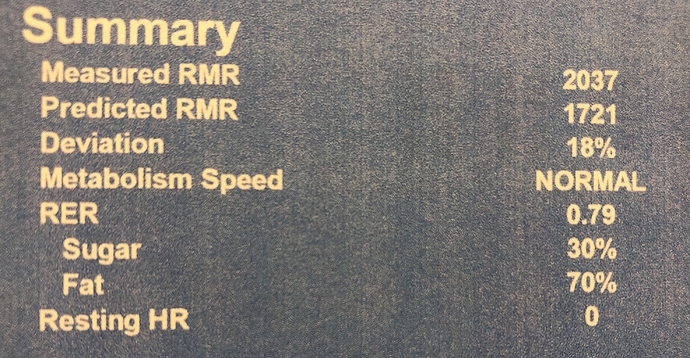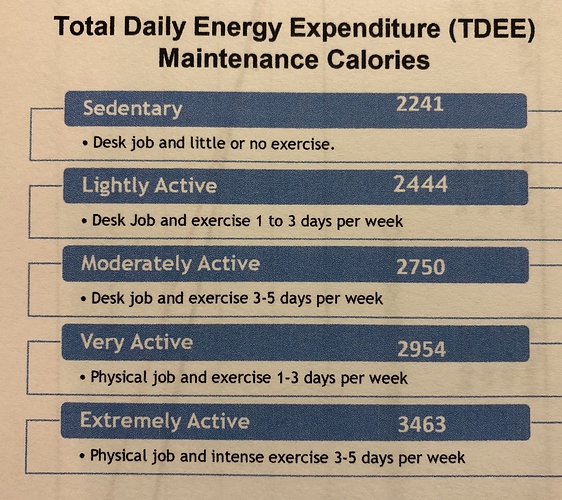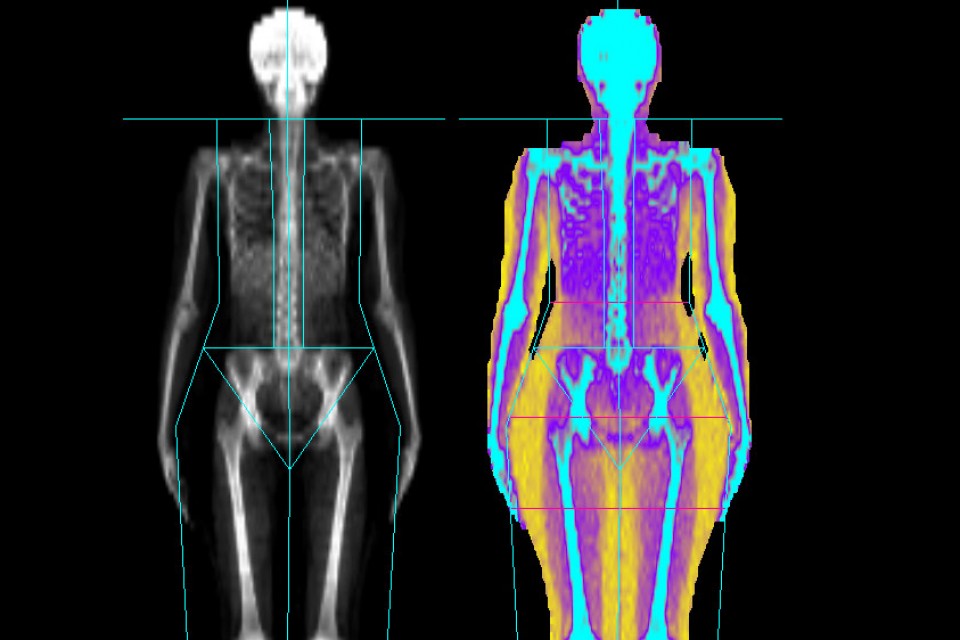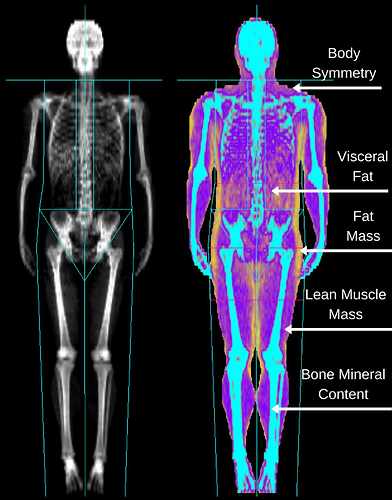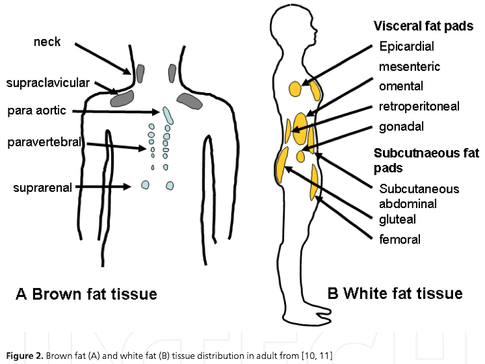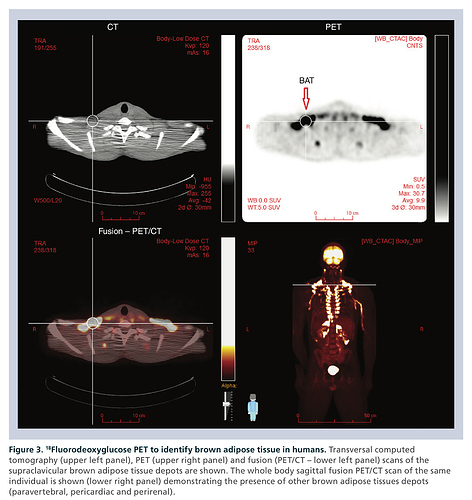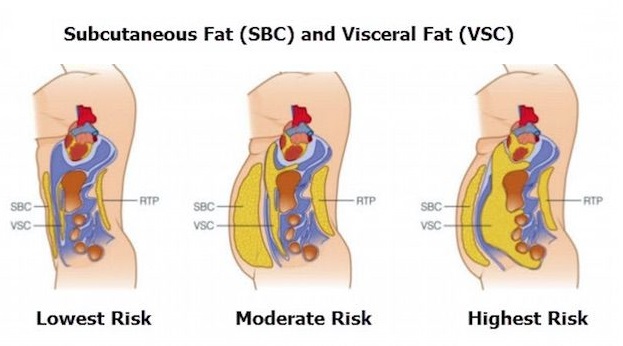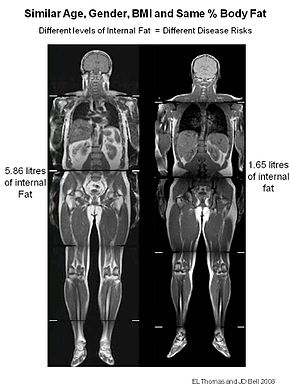It’s been a rocky day with readings all over the place…
63G, 2.9K, 1.2GKI LAST NIGHT FASTED
60G, 2.0K, 1.7GKI MORNING FASTED
79G, 2.3K, 1.9GKI NOON PRE-WORKOUT FASTED
80G, 0.6K, 7.4GKI 2PM POST-LIFTING & SAUNA FASTED
86G, 1.8K, 2.7GKI 4PM PRE-UV FASTED
75G, 1.6K, 2.6GKI POST-UV FASTED
69G, 2.6K, 1.5GKI 7PM PRE-DINNER
72G, 1.6K, 2.5GKI 8PM POST-DINNER & NAP
This is another one of those instantaneous GKI readings that are the result of a dramatic consumption of ketones that biases the “autophagic interpretation” of GKI. The general idea is that GKI is representative of the insulin to glucagon ratio… but when heavy exercise consumes a lot of ketones and causes glucose to rise in response, the GKI as a mirror of hormonal state is temporarily lost… at least that’s my interpretation because there is no insulin increase that reflects the increased glucose… it’s gluconeogenesis due to exercise needs vs. insulin and glucose from exogenous sources. Likewise, while ketones are consumed, there should be addition glucagon released to generate replacement fatty acids… so the results are actually completely backwards - false “bad”
It does make me wonder if it’s not possible for the GKI to also be backwards the other way… low ratio when the hormonal ratio is actually poor. I think it’s possible if an insulin spike causes the glucose to fall low which would show up as a “low reading” during high insulin. And if insulin is high, then glucagon will be down regulated… so another false… false “good”.
So it’s not the instantaneous GKI that is meaningful, instead it’s the GKI continuum in the context of what’s happening. The change in GKI and the drivers of that change are just as important in interpreting what it’s actually telling us.
Just thinking out loud… 

